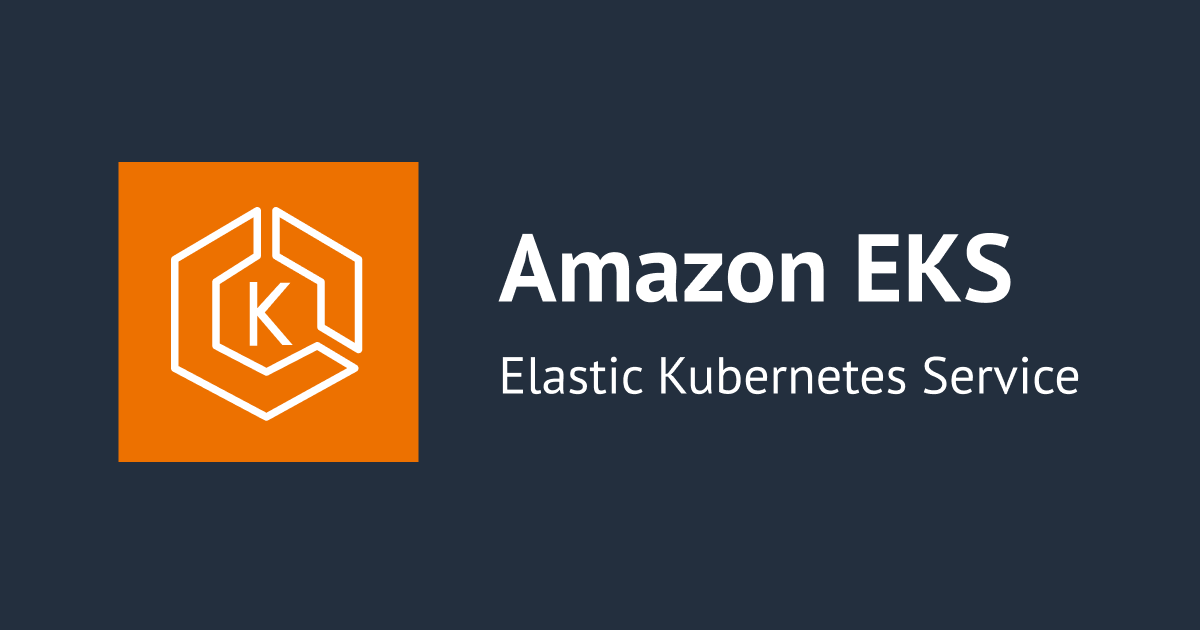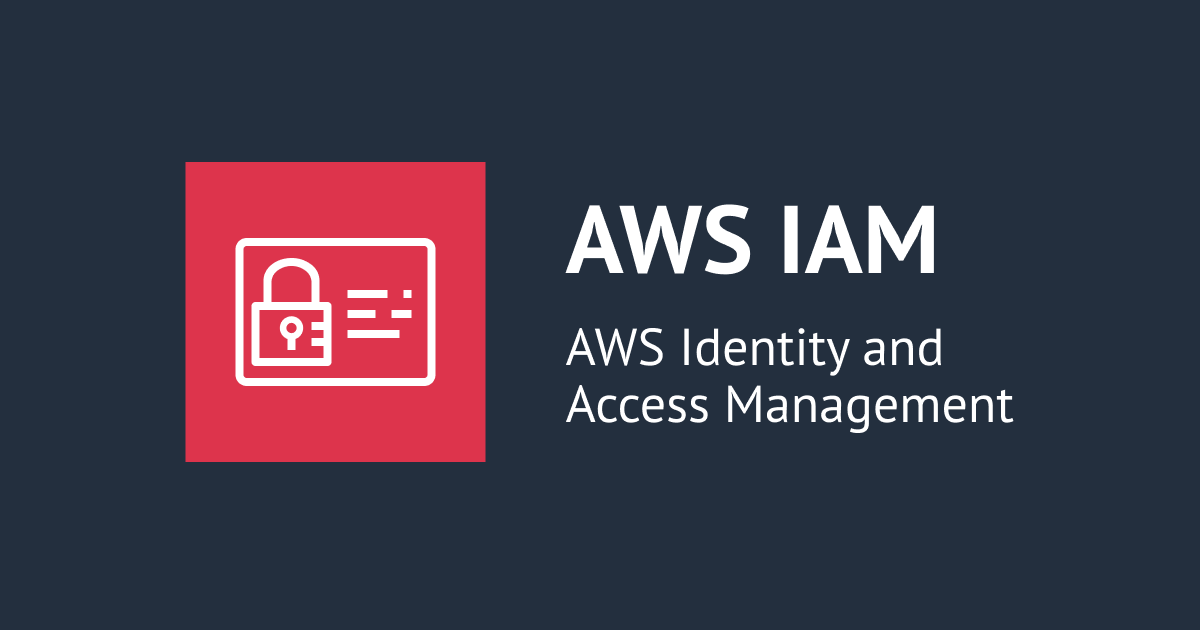![[日本語Alexa] Alexa Setting API を使用してユーザーの設定情報を取得する(更新)](https://devio2023-media.developers.io/wp-content/uploads/2017/07/alexa-eyecatch.png)
[日本語Alexa] Alexa Setting API を使用してユーザーの設定情報を取得する(更新)
1 はじめに
Alexaアプリでは、デバイスごとにタイムゾーンや単位(温度・距離)の設定ができるようになっています。

今回は、この設定内容をスキルで取得する要領を試してみました。
最初に、作成したサンプルを御覧ください。Alexaアプリで設定を変更すると、即座にそれをスキル側で取得できていることが分かります。
2 ServiceClientFactory
ServiceClientFactoryは、Alexaの各種APIをコールするためのサービスクライアントを提供しています。
サービスクライアントでは、ApiAccessTokenとApiEndpointが、ラップされるため開発者がこれを意識する必要はなくなります。
今回対象としている、タイムゾーンや温度・距離の単位の取得には、各種サービスクライアントのうちの、UpsServiceClientが使用されます。
UpsServiceClientをServiceClientFactory経由で取得しているコードは下記のとおりです。
const LaunchRequestHandler = {
canHandle(h) {
return isMatch(h,'LaunchRequest');
},
async handle(h) {
const upsServiceClient = h.serviceClientFactory.getUpsServiceClient();
なお、ServiceClientFactoryを使用するためには、Skillオブジェクトで.withApiClient()を使用してAlexa.DefaultApiClient()を設定しておく必要があります。
exports.handler = async function (event, context) {
if (!skill) {
skill = Alexa.SkillBuilders.custom()
.withApiClient(new Alexa.DefaultApiClient())
.addRequestHandlers(
LaunchRequestHandler,
SessionEndedRequestHandler)
.create();
}
return skill.invoke(event);
}
3 設定情報取得
各種の情報は、次の要領で取得できます。
(1) タイムゾーン
const timeZone = await upsServiceClient.getSystemTimeZone(deviceId);
返されるタイムゾーンの例は、以下のとおりです。
"Asia / Tokyo"
(2) 距離の単位
const distanceUnits = await upsServiceClient.getSystemDistanceUnits(deviceId);
返される距離の単位の例は、以下のとおりです。
"METRIC" "IMPERIAL"
(3) 温度の単位
const temperatureUnit = await upsServiceClient.getSystemTemperatureUnit(deviceId);
返される温度の単位の例は、以下のとおりです。
"CELSIUS" "FAHRENHEIT"
(4) deviceId
上記3つのコールで使用するdeviceIdは、Alexaからのレクエストから取得します。
const deviceId = h.requestEnvelope.context.System.device.deviceId;
4 実装
動作確認のために作成してみたコードです。
const LaunchRequestHandler = {
canHandle(h) {
return isMatch(h,'LaunchRequest');
},
async handle(h) {
console.log(JSON.stringify(h.requestEnvelope))
const upsServiceClient = h.serviceClientFactory.getUpsServiceClient();
const deviceId = h.requestEnvelope.context.System.device.deviceId;
const timeZone = await upsServiceClient.getSystemTimeZone(deviceId);
const distanceUnits = await upsServiceClient.getSystemDistanceUnits(deviceId);
const temperatureUnit = await upsServiceClient.getSystemTemperatureUnit(deviceId);
console.log(timeZone + ' ' + distanceUnits + ' ' + temperatureUnit);
let message = '現在の設定です。<break time="1s"/>';
message += 'タイムゾーンは、' + timeZone;
message += '<break time="1s"/>';
message += '温度の単位は、';
message += (temperatureUnit == '"CELSIUS"') ? '摂氏' : '華氏';
message += '<break time="1s"/>';
message += '距離の単位は、';
message += (distanceUnits == '"METRIC"') ? 'メートル法' : 'インペリアル';
return h.responseBuilder
.speak(message)
.getResponse();
}
};
5 最後に
ユーザーが設定したタイムゾーンや単位をスキルの動作に反映させるのは、スキル開発者の役割です。もし、これらの設定に依存するスキルを作成する場合は、留意が必要でしょう。
6 参考リンク
UpsServiceClient
Obtain Customer Settings Information with the Alexa Settings API

![[アップデート] AWS User Notifications が CloudFormation で設定できるようになりました](https://images.ctfassets.net/ct0aopd36mqt/wp-thumbnail-dcbaa2123fec72b4fafe12edd4285aaf/178121bca8a805d8af9e86e4e4bbe732/aws-cloudformation)



![[アップデート] Amzon Bedrock Agents の InvokeInlineAgent API がストリーミング生成をサポートしました](https://images.ctfassets.net/ct0aopd36mqt/wp-thumbnail-e3065182082062711612153bbdcf1d96/c04359de689df2f56eb066576ab63fb5/amazon-bedrock)


